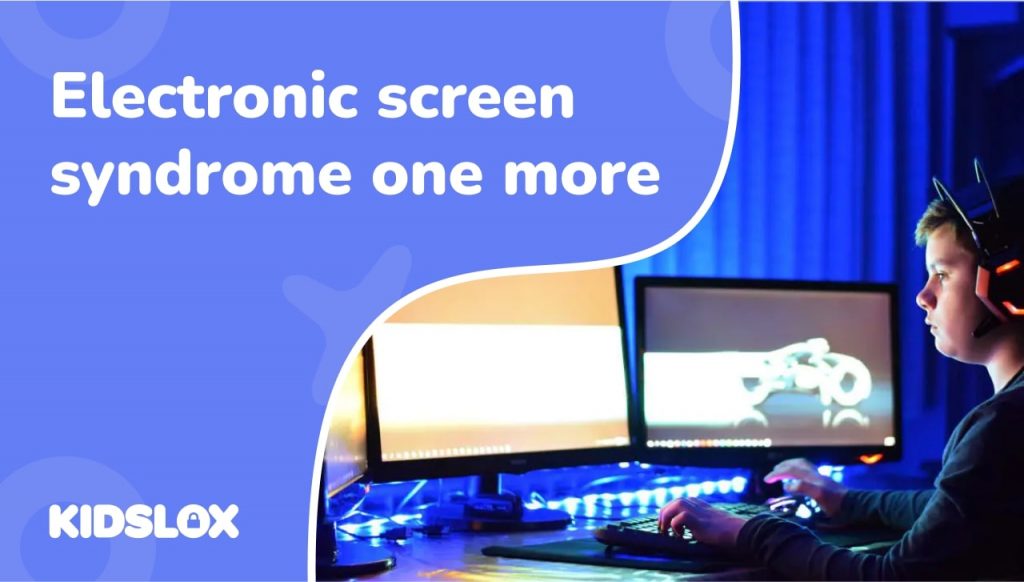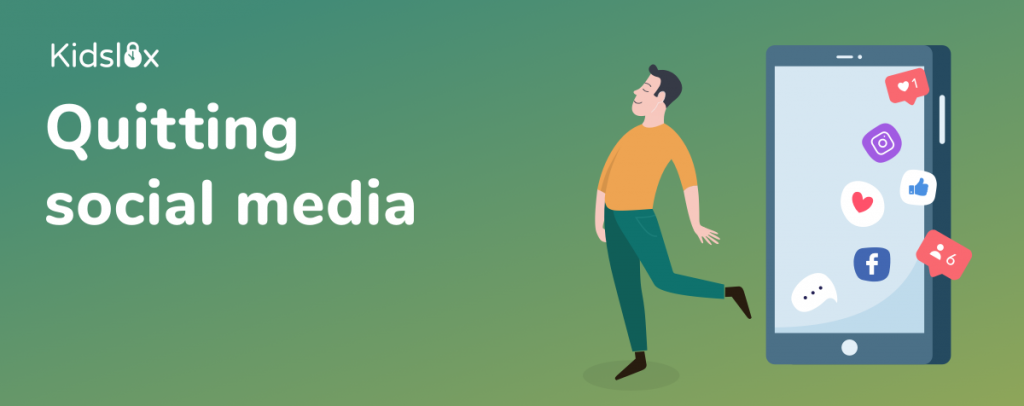Screen time addiction has widely been discussed over the last years. Before the addiction is actually developed, the child’s nervous system is likely to become overstimulated from regular exposure to the screen. This causes chronic stress to the brain resulting in various learning and behavioral disorders. It is important for parents to be able to recognize the signs of a problematic state (that are not always obvious) and take measures if needed.
Do I have reasons to worry?
Think about the following questions for your child:
- Does your child often seem over-excited?
- Has your child become disorganized, disobedient, and oppositional?
- Do you have a hard time rending your child off the screen?
- Does your child find it difficult to make or keep friends because of immature behavior?
- Have you noticed that your child’s range of interests narrowed to screens only?
- Are your child’s grades falling or he or she underperforms at school?
- Can you describe your child as lazy and unmotivated being inattentive to details?
- Does your child prefer online communication to face-to-face interaction?
If you responded affirmatively to the most questions, then probably your child has a high risk of the so-called Electronic Screen Syndrome. But don’t worry if you’re not aware what’s going on and what to do. Further, we’ll address the issue and find out how screen exposure affects the child’s brain and what we as parents should do to face the difficulties of the modern world full of electronics.
What is ESS?
Dr. Victoria Dunckley of Los Angeles has been studying various over-diagnosis of children’s psychiatric disturbance during the last decade. She introduced the term “Electronic Screen Syndrome” or ESS. The syndrome designates an overstimulation of the kid’s nervous system caused by excessive screen time that influences behavior, mood, and focus. This goes not only for teenagers obsessed with digital devices but even for toddlers.
According to researchers of Iowa University, 90% of children master the tablet by the age of two. While kids aged between 2 and 6 have 2-4 hours of screen time each day. The devices tend to intrude on children’s visual and mental space, sometimes causing addiction. Basically, electronic screens tend to overstimulate human’s brain which results in dysregulation and disorganization of different biological symptoms. In course of time, overstimulation of the nervous system causes dysregulation.
What are the characteristics of the symptom?
Electronic Screen Syndrome is a relatively new disorder, thus its definitions and symptoms are still worked out. The symptoms might mimic any other neurological disorder, but the differential characteristic of ESS is that the symptoms are gone as soon as disruptive screen influence is removed.
Yet, there are some general characteristics that will help you to identify the syndrome. A child presents symptoms connected to anxiety, mood, behavior, and social interaction because of the overly aroused nervous system. It culminates in poor progress at school, home or in communication with peers.
Among troubling signs are:
- changing mood
- excessive tantrum
- poor self-control
- disorganization of behavior
- sleep disorders
- learning difficulties
- depression
Is my child at risk?
A child who has Electronic Screen Syndrome is often described by teachers and parents as “stressed out” and “wired”. As a rule, such children are drawn to their screens and it’s hard to pull them away. There are some factors increasing the risk of ESS:
- male gender
- younger age
- behavior disorders (for example autism or ADHD)
- addiction tendencies
- psychosocial stressors
- asthma
- food sensitiveness
- sensory dysfunction
What is behind the electronic screen myths?
- Do you still believe that gadgets are beneficial for your kid? There are tons of related research proving they are not. Below we’ll unveil some of the popular beliefs.
- Educational content is not harmful. In fact, total screen time is more important than the type or content in terms of adverse impact.
- Everything’s ok in moderation. Screen time is a big stimulant which kids can’t always handle so restricting electronic media doesn’t always apply.
- Educational technology is going to revolutionize learning. This hasn’t been proven yet. There’s a lot of evidence that it’s harmful to children.
- Paper books can be equally substituted by ebooks. Reading from a screen actually hinders literacy development and comprehension and impairs deep reading skills.
- Kids benefit from laptop note-taking. All the way around, handwriting outruns taking notes on a laptop in terms of recall, integration of the material and exam scores.
What’s the difference between active and passive screen time?
ESS is correlated to the notions of active and passive screen time. Interactive screen time concerns screen activities when a user is actively engaged in what is going on the device which involves the keyboard, touch screen, motion sensor etc. Passive screen time has to do with watching TV or movies and programs on desktop/laptop.
Though some researchers claim positive screen time is healthy for children, Dr. Dunckley insists that all kinds of screen time activity promote unnatural stimulation of the nervous system and therefore can cause adverse effects. Thus, active screen time causes hyperarousal and in addition can lead to longtime, obsessive and addictive use. Moreover, all kinds of screen time might cause health problems like attention issues, obesity, delayed reading development, sleep problems et al. In some cases, even if the amount of screen time is within a norm recommended by the American Academy of Pediatrics (1-2 hours daily), screen exposure can still provoke kids to become dysregulated and overstimulated.
Is there a way out?
The first thing that Dr. Dunckley suggests is an “electronic fast” presupposing total screen-free period for at least 4 weeks. This includes freedom from all devices with electronic screens in the household (TV sets, computers, iPads, consoles, e-readers, etc). As an alternative, the expert suggests introducing fun activities so that kids do not concentrate on the device absence. The family can gather and play board games, and the kids will be motivated to spend more time outdoors or engage in sports activities. This method in combination with special therapy sessions allows to reduce aggression and make children more focused, confident, and happier.
According to the child psychiatrist, the solution is extremely effective and the positive result was proved by a number of families. After the “electronic fast” the nervous system calms down, the child takes better rest, sleeps well and their behavior improves. With screens being removed the brain gets deep rest, the body clock is able to resynchronize, and brain chemistry and hormones are rebalanced. Moreover, parents begin to spend more time with their kids.
The success hinds in the following: screen time break is recharging for the brain. Interpersonal communication, sharing feelings and emotions, hugs, touches – all these are helpful. Physical activity is healthy for the nervous system.
What can we do as parents?
You should realize that the nature of screen technology itself is at odds with what kids need for proper development. They need movement, eye contact, face-to-face conversations, exposure to nature, they need to be in 3-d space with varying amount of stimulation, they need to express themselves creatively. All of these things are reduced with the screen.
To avoid bad screen effect in future, consider establishing screen time policy in your family. You can use a technical solution like Kidslox to limit technology exposure or filter content on the child’s mobile devices. It’s really important to find a balance between screen time and other activities which has to do not only with kids but with parents as well. Remember that screen time affects every child differently. So there is no point comparing your kid with peers. Try to work out an approach to fit your family and address the challenge.





